The Christian Education MindShift involved gathering upwards of 60 subject matter experts (SMEs) over the course of several months for a series of guided conversations and visits to innovative school sites. The MindShift process involves a series of steps, as follows:
The MindShift Process


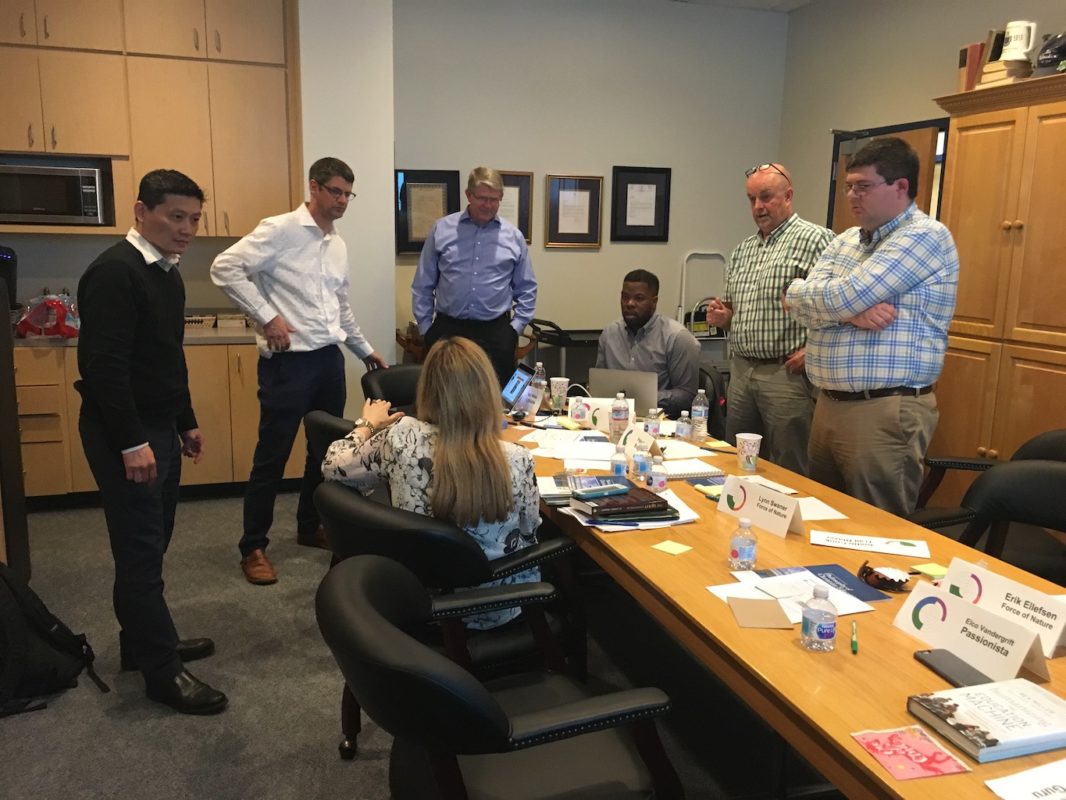
Step #1
Identify the problem and the participants.
Begin with a “wicked problem” – one that is industry-wide and intractable. Then identify a cohort of “knowledgeable leaders commonly frustrated by a broken record of failed attempts to untie the knot that preserves entrenched thinking and obsolete ways.” These leaders must commit to meeting together long-term, without predetermined answers.
Step #2
Uncover the root of the problem.
The cohort identifies the root issues behind the problem, including unproductive metanarratives and assumptions. Participants then ask, “So, what’s the problem?” and “What keeps the issue stuck and resistant to change?”
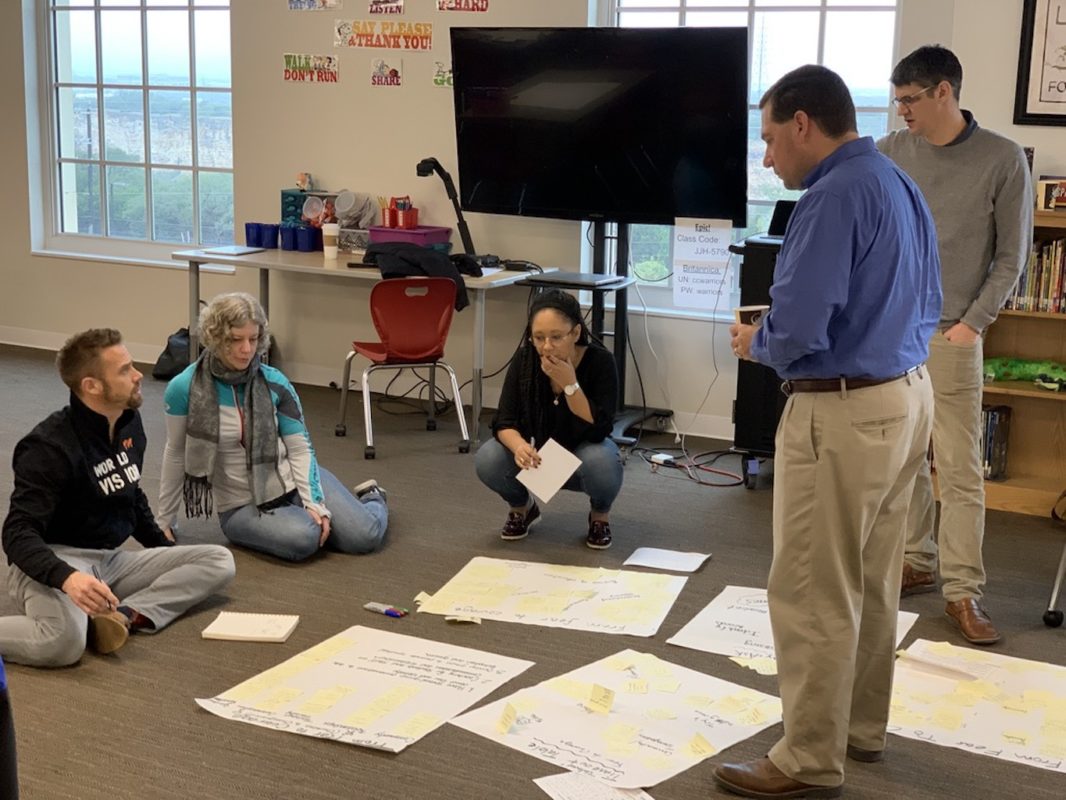

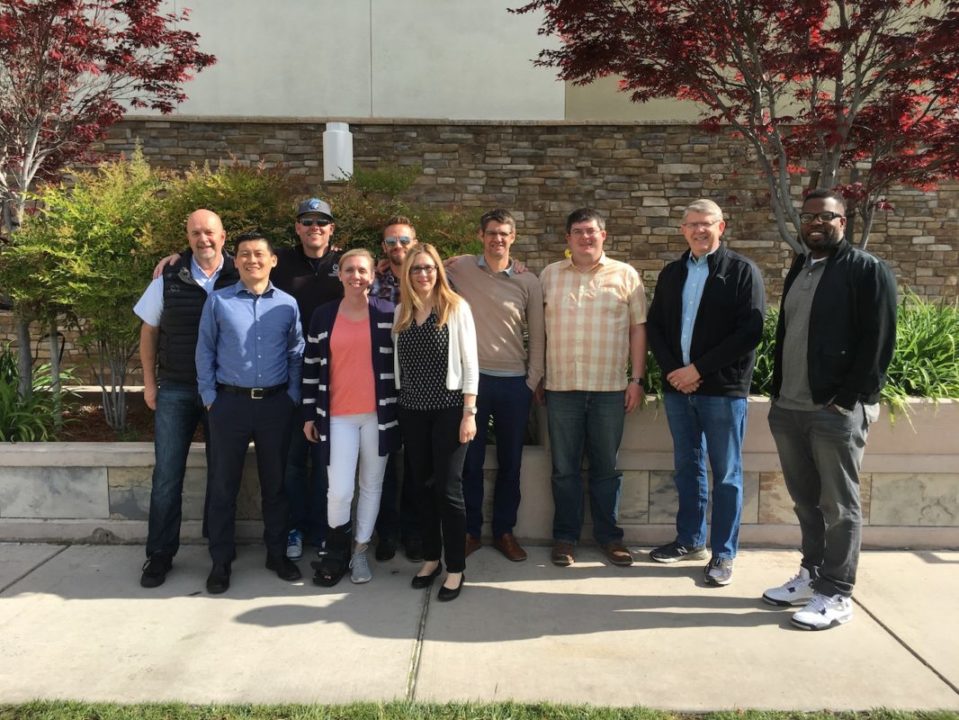
Step #3
Identify those who are innovating to solve the problem.
The group then finds and visits “those who have broken loose, who are breaking the rules with superior results” in order to observe, learn, and ask, “Just how did you overcome the barriers?” and “What price did you pay challenging the established norms?”
Step #4
Synthesize learning from these innovators.
The group works to “connect the dots and synthesize our lessons into commonly applicable and scalable principles, habits and tools.”
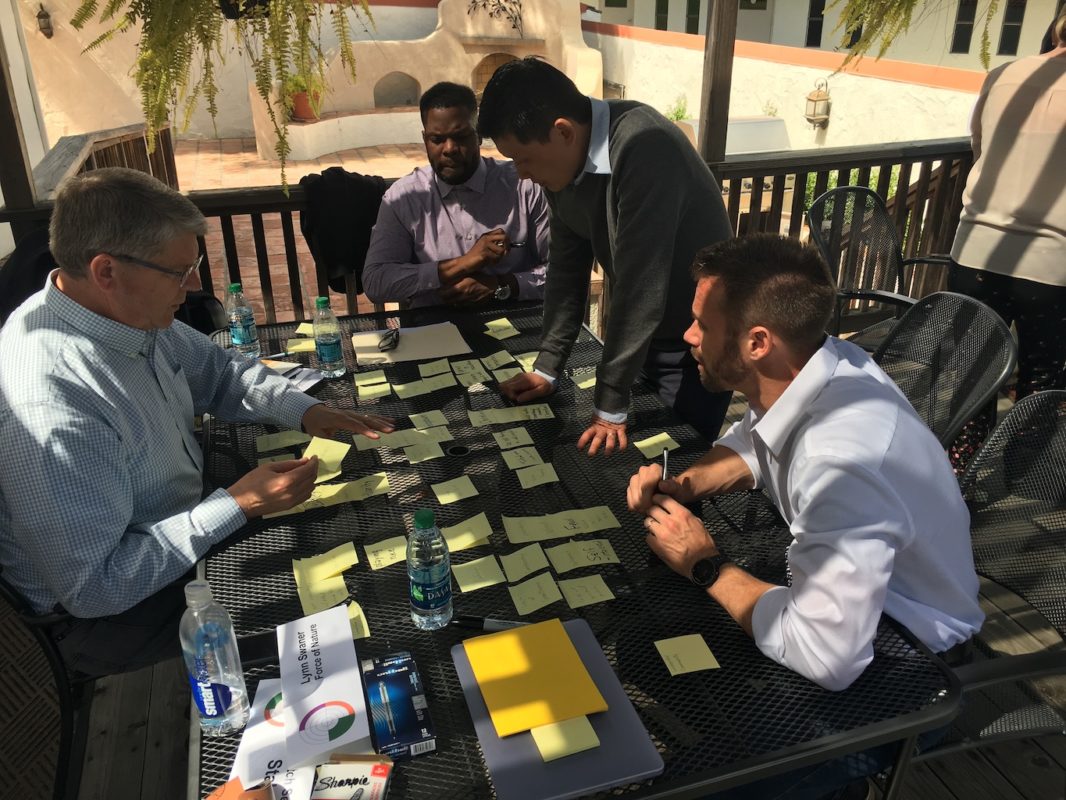


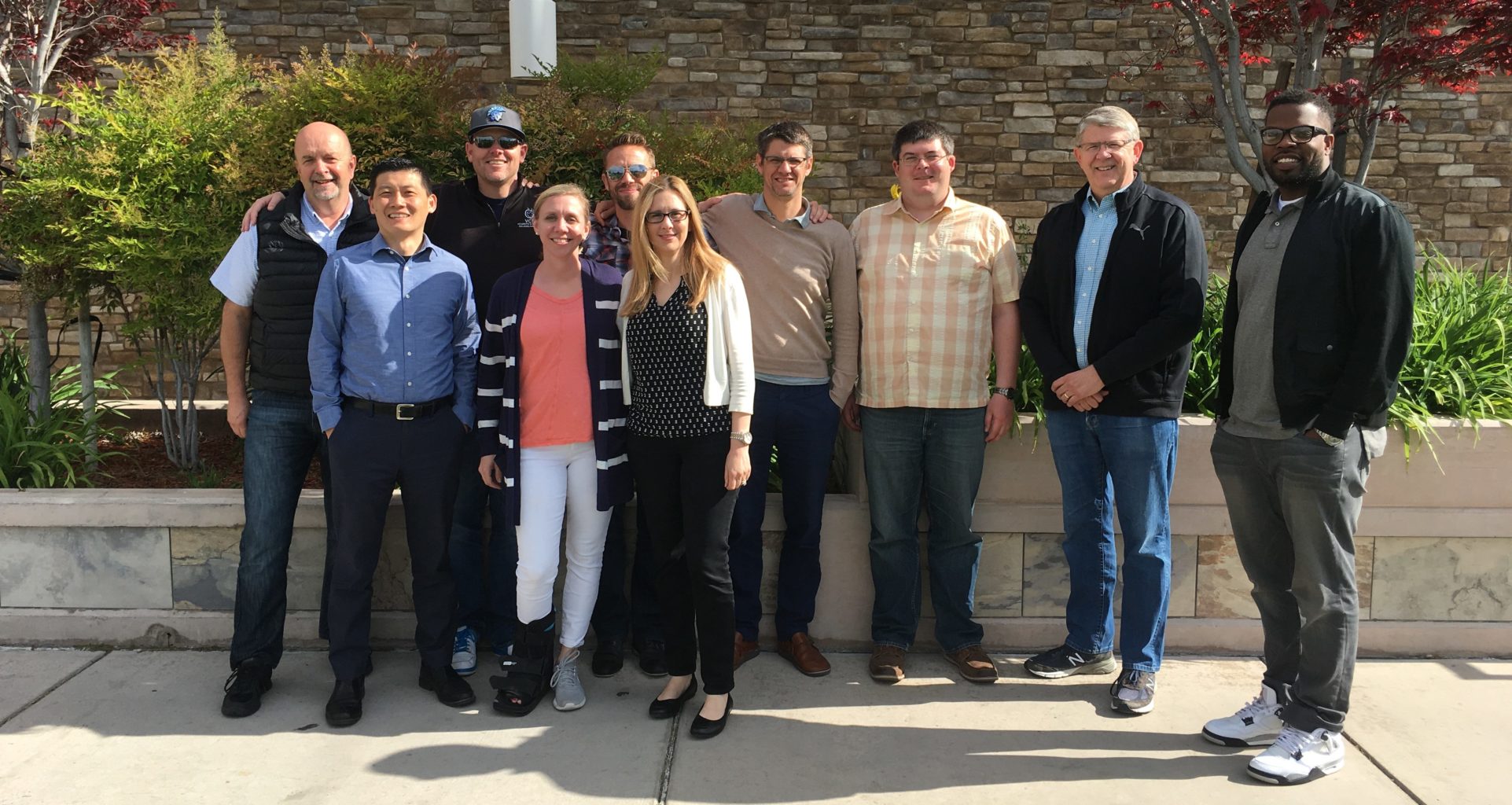
Step #5
Create prototypes.
The group develops prototypes that will “shift out thinking and test the principles and tools.”
Step #6
Translate the learning.
The group works to “distill the lessons – written in accessible marketplace language” for others.

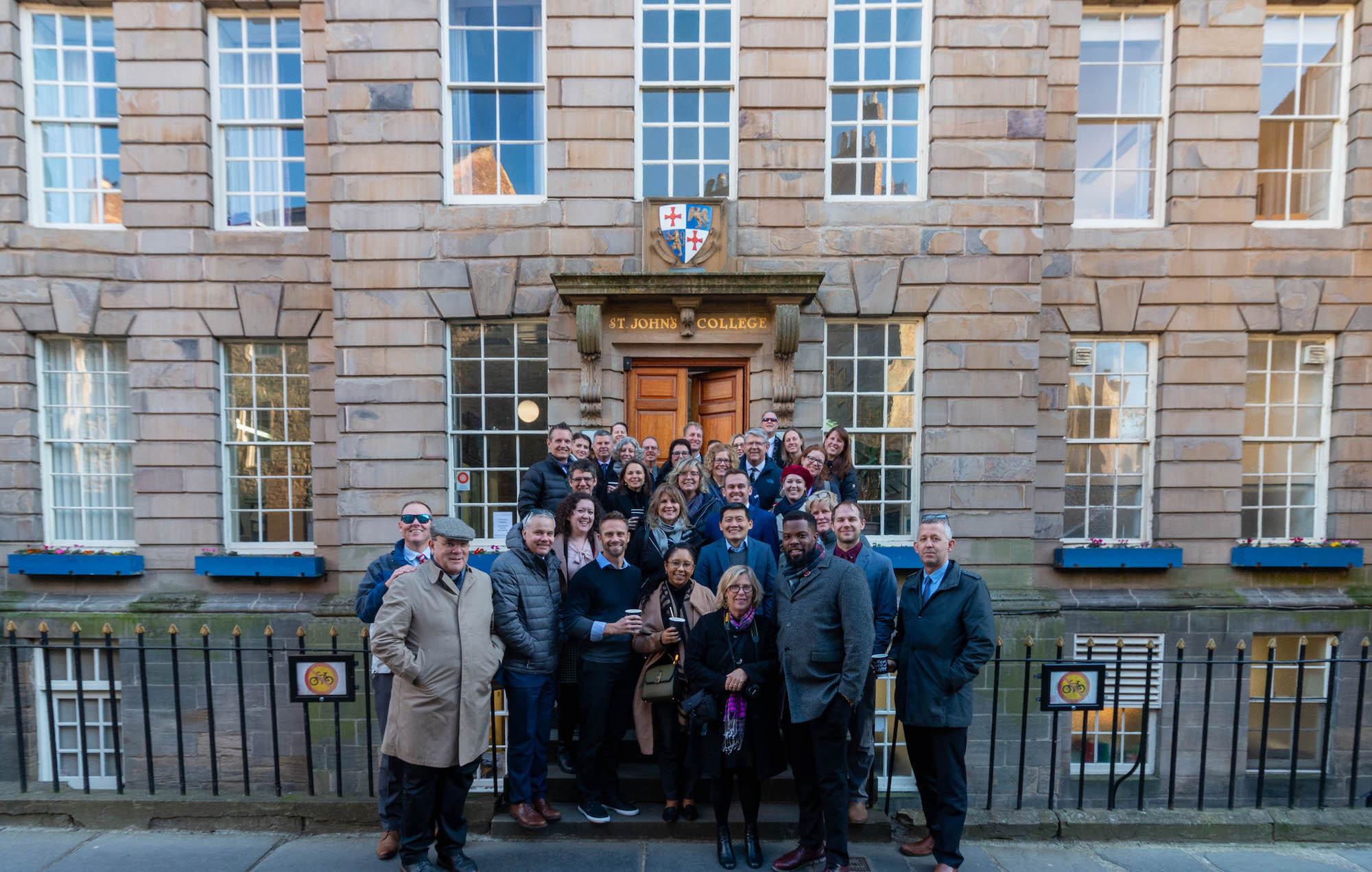
Step #7
Create a platform.
Finally, a platform is developed for disseminating the MindShift story and “shifting the conversation toward adopting the new possibilities.”